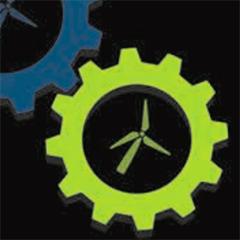As the offshore industry matures, innovation is being increasingly employed in an effort to reduce costs and improve efficiency. When it comes to building turbines, bigger isn’t necessarily better – sometimes the smarter design decisions pay the biggest dividends.
The design of offshore wind turbines is one of the most fascinating challenges in renewable energy. Meeting the objective of increasing power production with reduced installation and maintenance costs requires a multi- disciplinary approach, bringing together expertise in different fields of engineering.
After the first offshore windfarm, built in 1991 off the coast of Denmark at Vindeby, hundreds of others have been constructed, especially in the North and Baltic Seas, and new ones are being developed in Europe, USA, China and other countries.
However, owing to several issues such as more difficult and specialised installation procedures, more expensive support structures, and more difficult environmental and working conditions, offshore wind energy may still be more expensive not only than onshore wind energy, but also than conventional power resources. Therefore, closing this gap has become a key step for a future sustainable exploitation of offshore wind energy potential.
For either existing solutions in shallow- transitional waters or future projects
in deeper waters, the objective of an efficient and cost-effective design poses engineering challenges and numerical modelling complexities, which can be solved only by an integrated approach combining the expertise in diverse fields such as, among others, aerodynamics, hydrodynamics, structural and foundation engineering; also, vibration control and health monitoring play an important role, in view of ensuring a reliable and continuous power production for sustainable investments.




























